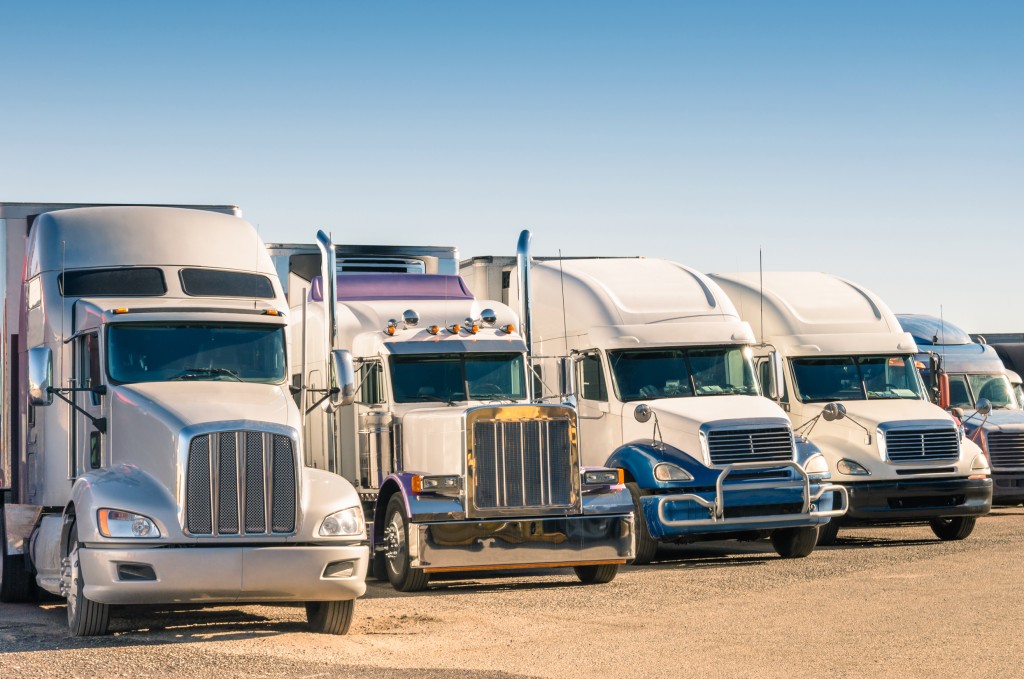Greenhouse gases, including CO2, are necessary to keep the Earth’s atmosphere habitable by retaining heat. The molecules absorb energy from infrared radiation (IR) and then release the energy of the IR proton into another molecule, increasing its vibrating motion. The increased motion raises the temperature of the gas in the atmosphere. The CO2 molecules’ ability to absorb and trap IR energy makes it a greenhouse gas. The main components of air, nitrogen (N2) and oxygen (O2) are not heat-absorbent.
Since the second industrial revolution of the late 19th, the release of CO2 into the environment has increased, largely from human activity such as burning fossil fuels. The CO2 stored in fossil fuels is released into the atmosphere as a by-product of the burnt energy supply.
From 1900 to 1980, high-temperature records were broken roughly every 13.5 years; from 1981, new highs occurred every three years. Today, the global temperature has increased by two percent since the pre-industrial time of 1880, with 2019 being the second warmest year on record and the five warmest years have occurred since 2015.
To keep up with the global population growth and consumerism trends, demand for energy generation has increased. Globalization and world trade have created higher energy needs to meet industrial demand, transport, and freight requirements and to power electricity for increasing interconnected, smart networks, and appliances for today’s lifestyle.
Although alternative energy sources are on the cusp of replacing them, fossil fuels will remain widely used unless government commitments and technological advances increase.
The current efforts have resulted in some decreases. Global CO2 emissions from coal in 2019 have declined by 1.3 percent since 2018 and advanced economies saw a drop of 3.2 percent, mainly from the power sector. These trends suggest a move towards cleaner energy.
An International Energy Agency report in 2016 estimated freight and transport CO2 emissions at 24 percent globally. Of the different transport sectors of sea, air, and road, 72 percent came from road vehicles, with the USA and China being the leading emitters. By 2030, the EU predicted its emissions from road freight would increase by 40 percent from 2015 levels if left unregulated.

The problem with legislating for changes in heavy truck design is due to the many functions and designs of the vehicles, presenting difficulties in developing a one-size-fits-all solution. Examples of the different types of road freight include general road haulage trucks, vans, refrigerated trucks, flatbed, and transport trailer vehicles. Any overall strategy for reducing CO2 emissions will require consideration of the vehicle shape and purpose, how different loads and trailers affect CO2 emissions, and how often the journey is broken up.
Advances in technology are contributing to greater fuel-efficiency and reduced CO2 emissions. They include improved exhaust and after-treatment systems, common rail injection, and GPS-based automated gearboxes. However, new vehicles are a small percentage of the haulage fleet. Regulations on vehicle length, types of fuel used, tonnage, road conditions, and trailer designs all contribute to emissions and therefore a more coordinated approach to reducing CO2 emissions in the industry is required.
Road freight is an efficient, reliable, and cheap way to move products overland. The advantages mean that road haulage will always be in demand; the industry and government need to work together to ensure a reduced carbon footprint is another major benefit.



